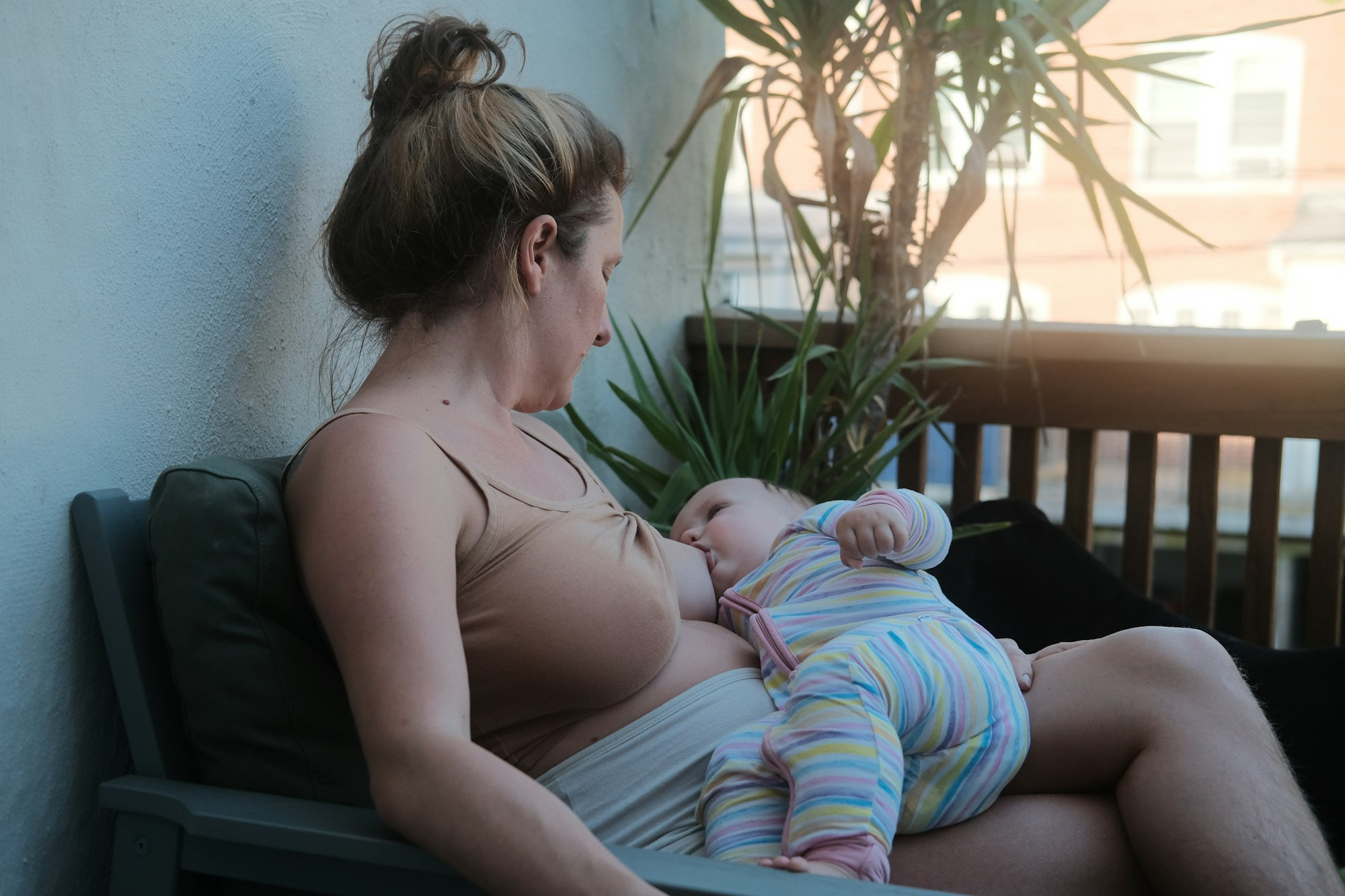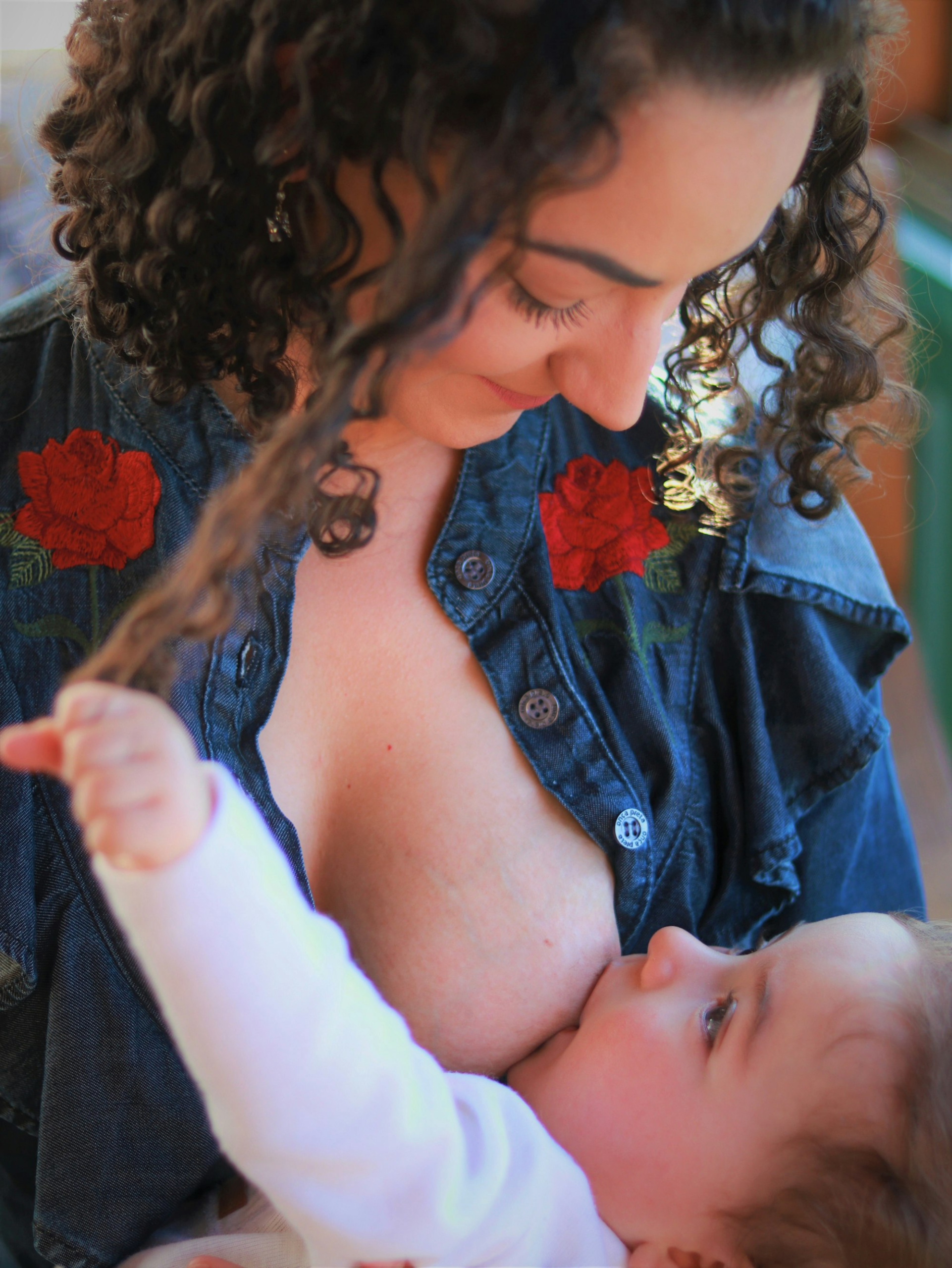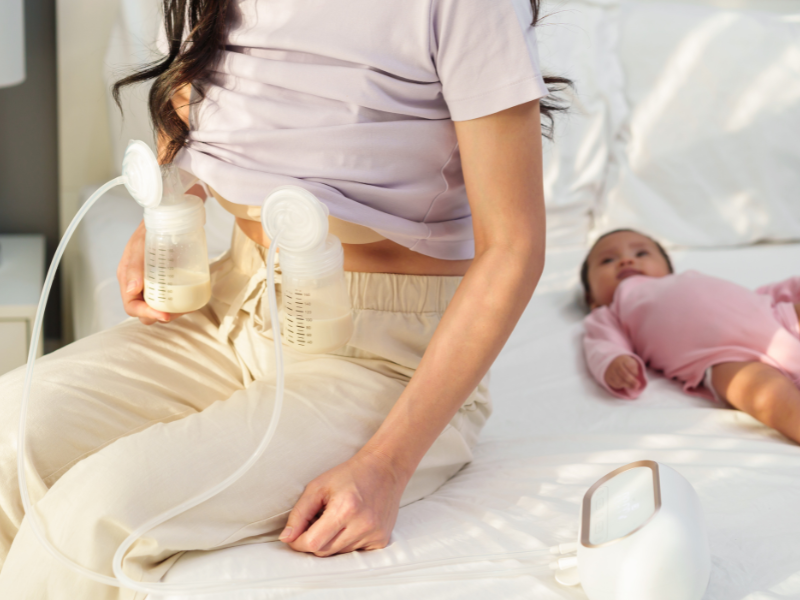-

·
Raynaud’s Phenomenon and Nipple Pain – What You Need to Know
Breastfeeding with Raynaud’s Phenomenon can bring sharp, burning pain that often shows up after a feed. This guide explains what is going on, how to tell if Raynaud’s is the cause, and simple steps you can take today to feel more comfortable and supported.
-

·
Eczema on Nipples – What Causes It & How to Treat It
Eczema on nipples can make breastfeeding feel painful and overwhelming, but it doesn’t have to stop you. This guide explains what causes it, how to treat it safely, and what steps you can take to stay comfortable and keep nursing with confidence.
-

·
Sore, Cracked Nipples – What You Need to Know for Fast Relief
Sore, cracked nipples are a common breastfeeding challenge—but they don’t have to mean the end. With the right latch, gentle care, and smart prevention, healing is possible. This guide offers real solutions that work fast, so you can breastfeed more comfortably and confidently, even during the toughest early days.
-

·
Itchy Nipples While Breastfeeding – Top Causes & Proven Remedies
Itchy nipples while breastfeeding are common, but they can also be a sign your skin needs support or that something deeper is going on. This guide walks you through the most common causes, gentle treatments, and simple prevention steps to help you stay comfortable and confident.
-

·
Thrush Symptoms When Breastfeeding – What You Need to Know
Breastfeeding moms facing sharp nipple or breast pain may be dealing with thrush—a common yet often misunderstood yeast infection. This guide breaks down thrush symptoms when breastfeeding, explains lookalike conditions, and offers real solutions for fast relief, safe treatment, and continuing to nurse comfortably.
-

·
Thrush and Breastfeeding – How to Treat & Prevent It Naturally
Thrush is a common cause of nipple and breast pain during breastfeeding, often affecting both mom and baby. This guide covers symptoms, causes, and natural remedies to help you recognize and treat thrush effectively—so you can continue breastfeeding comfortably and confidently without recurring infections or unnecessary stress.
-

·
How to Treat Nipple Pain During Breastfeeding
Do You Have Nipple Pain or Nipple Sensitivity? Some nipple sensitivity is normal in the beginning. Wait it out; it just takes time for your nipples to get accustomed to nursing. In the meantime, pure lanolin and other natural nipple creams should help relieve normal, sensitive nipples. Identify the cause of your nipple pain. Different nipple variations…
-

·
A Breast Care Guide for Breastfeeding Mothers
You can care for your breasts after breastfeeding by rinsing with clean water, to wash away any saliva, then you can apply some of your own breast milk or nipple cream and allow to air dry. Breast and Nipple Care During Breastfeeding This page is our breast care guide, including tips about cleaning and preparing…
-

·
Bleeding Nipples – Symptoms, Causes, and Treatment
Dealing With Bleeding Nipples While Breastfeeding Is it normal to have bleeding nipples during breastfeeding? It is normal to have sensitive nipples initially, but when your nipples become cracked or start bleeding, it is usually a sign of a breastfeeding problem. It would be best if you got to the root of your breastfeeding problem.…
-

·
Sore Breasts After Pumping – What You Need to Know
Sore after pumping? You’re not alone—but persistent pain isn’t normal. Learn what’s causing your breast soreness, how to fix it, and when to seek help. From flange sizing to suction settings, this guide offers practical, mom-friendly tips to make pumping more comfortable and effective. Your comfort matters.

Breastfeeding Problems & Solutions
Tag: Sore Nipples
Experiencing sore or cracked nipples is common in the early days of breastfeeding. This tag covers causes, prevention tips, and remedies to help ease discomfort. Learn about proper latching techniques, positioning, skin care, and products that can support nipple healing while making breastfeeding more comfortable for you and your baby.